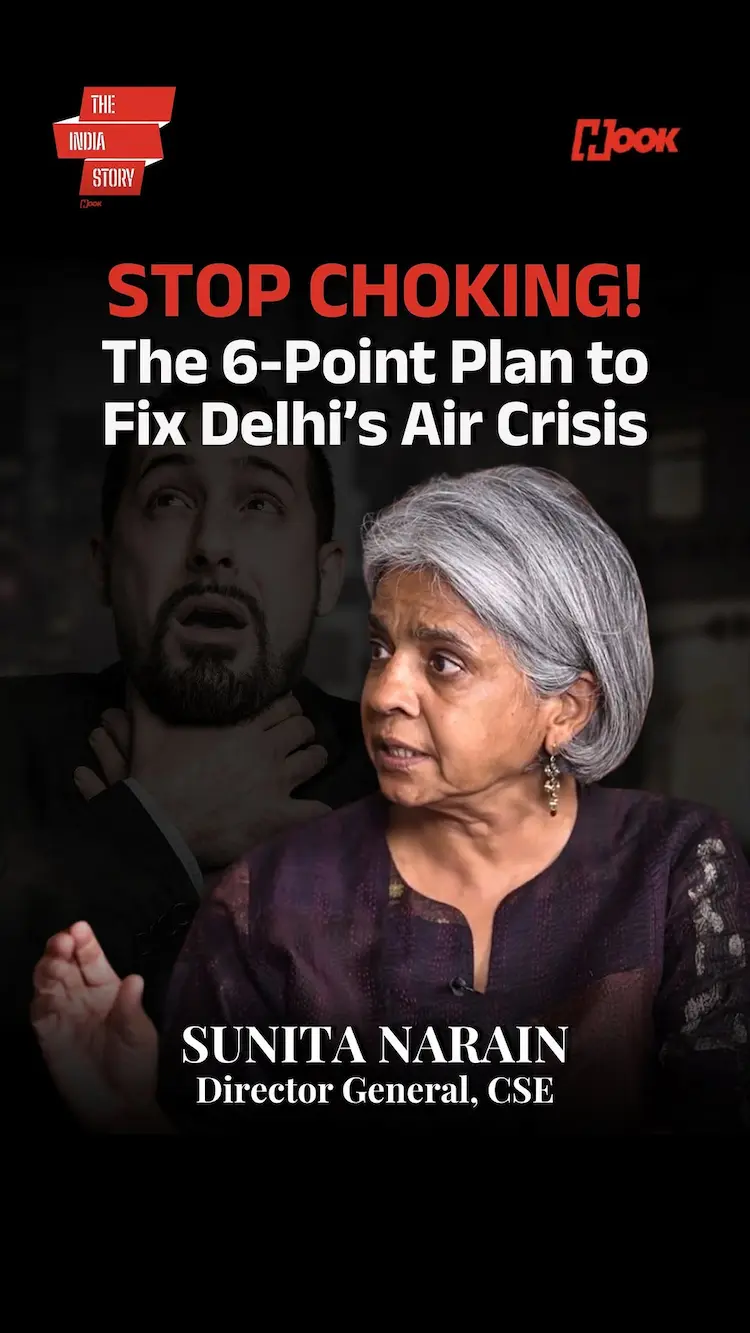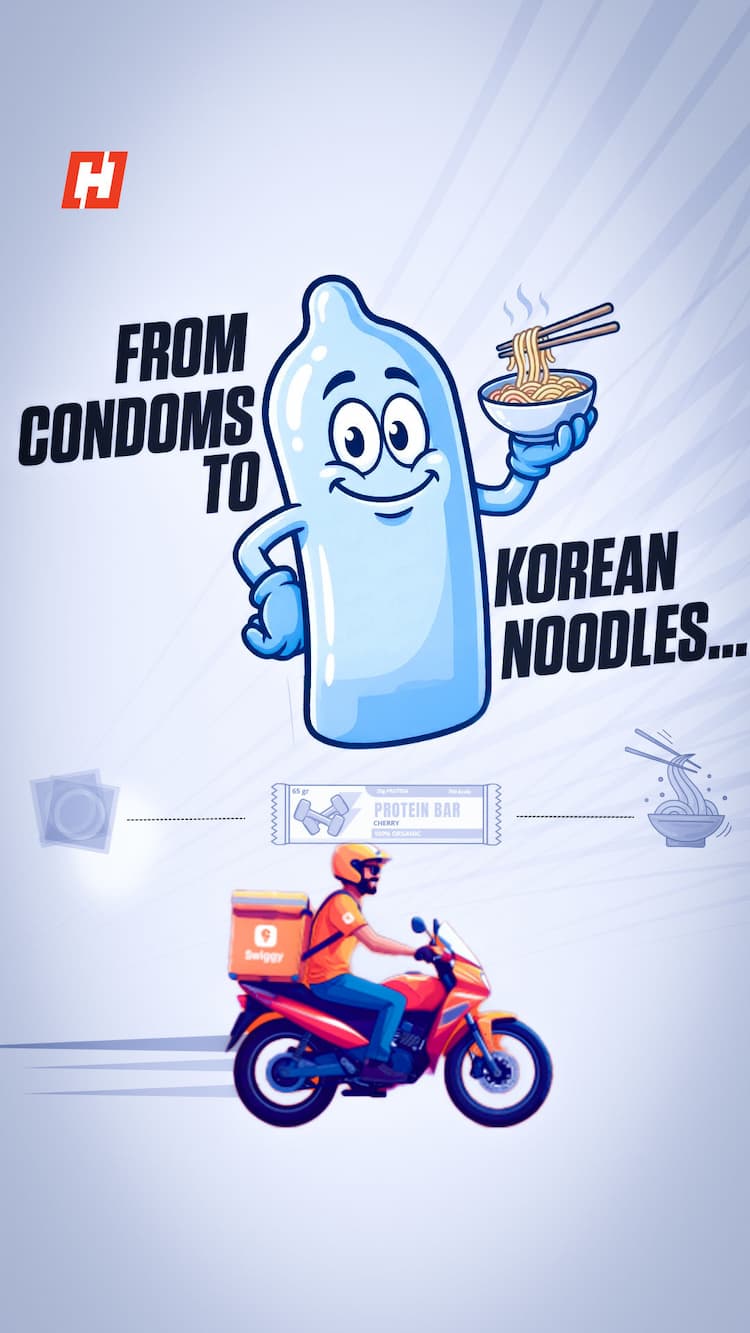'I miss breathing': Delhi's pollution protests quashed
The pollution in Delhi is getting deadlier by the day. And the residents of the national capital have finally sprung into action and staged protests against the government's inaction.
Hundreds gathered at the India Gate in New Delhi on November 9, but only to be soon dispersed by the police. Protesters demand government action on Delhi's toxic air, as a thick haze containing dangerous microparticles shrouded the Indian capital.
Parents in the crowd brought their children, who wore masks and waved placards, with one reading: "I miss breathing".
As the crowd of protesters appeared to swell before police bundled several activists into a bus, seizing their placards and banners, arguing they did not have a permission to protest there.
"Today I am here just as a mother," said protester Namrata Yadav, who came with her son.
"I am here because I don't want to become a climate refugee."
On Sunday, PM2.5 levels around India Gate, the iconic war memorial where protesters had assembled, were more than 13 times the World Health Organization’s recommended daily maximum.
"Year after year, it is the same story but there is no solution," said Tanvi Kusum, a lawyer who said she had come because she was "frustrated".
"We have to build pressure so that the government at least takes up the issue seriously."
Piecemeal government initiatives have failed to make a noticeable impact.
These included partial restrictions on fossil fuel-powered transport and water trucks spraying mist to clear particulate matter from the air.
"Pollution is cutting our lives," said a young woman who claimed to be "speaking for Delhi" and refused to share her name.
A study in The Lancet Planetary Health last year estimated that 3.8 million deaths in India between 2009 and 2019 were linked to air pollution.
The United Nations children's agency warns that polluted air puts children at heightened risk of acute respiratory infections.









